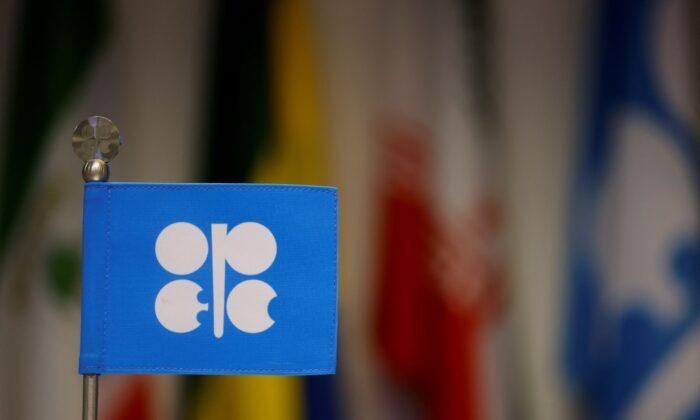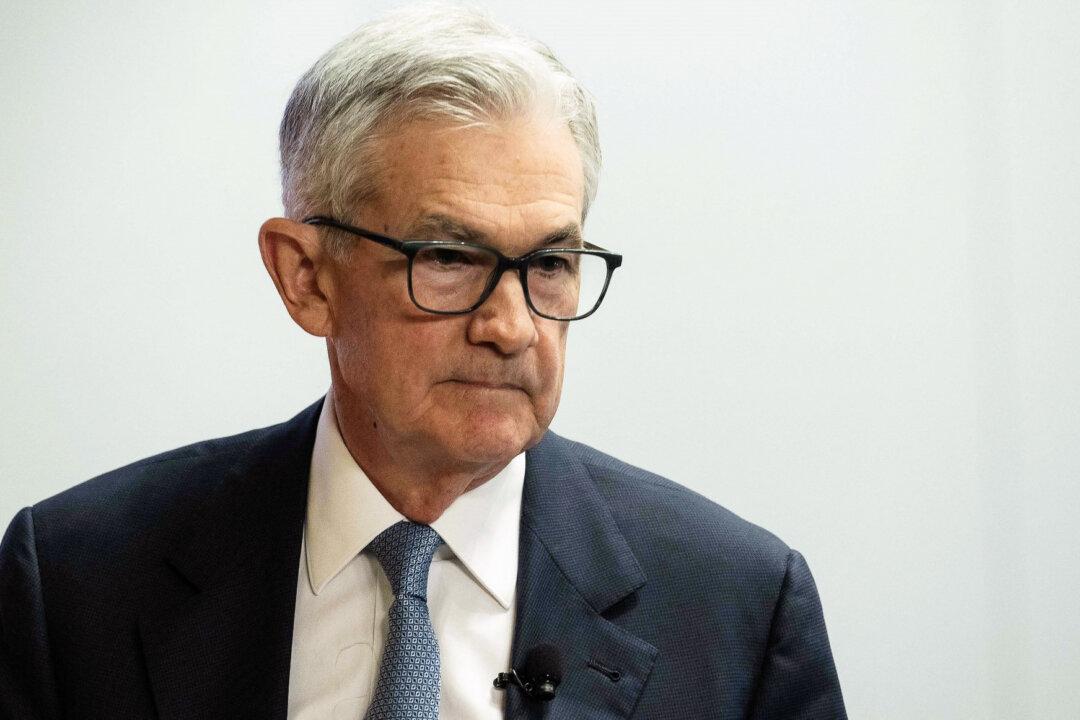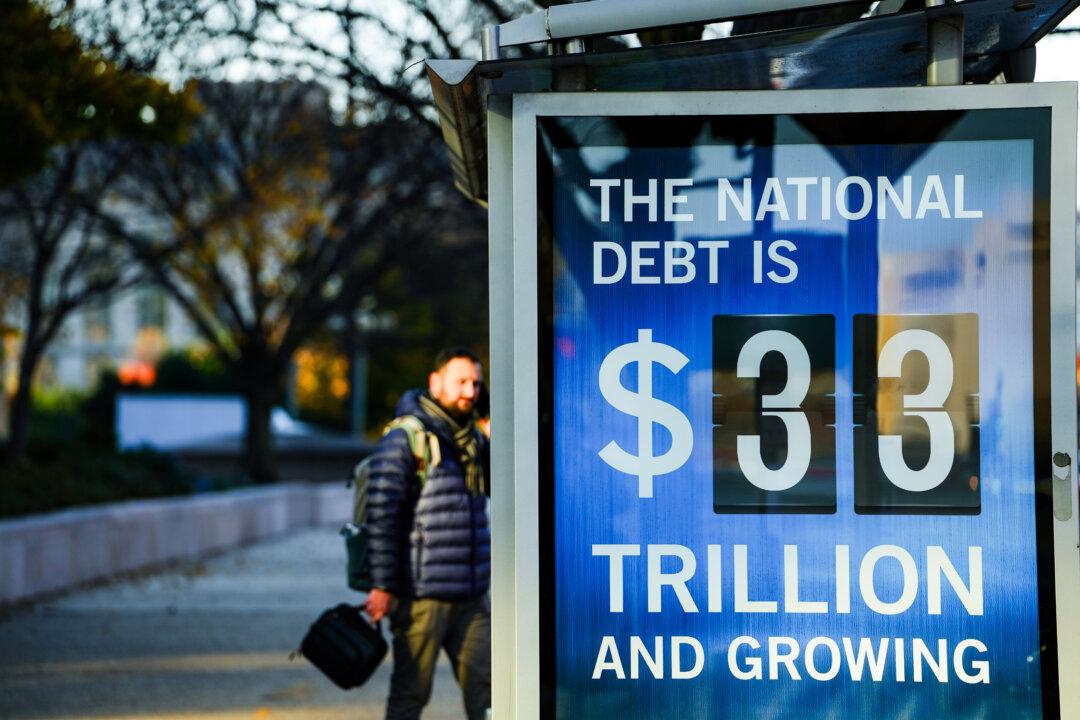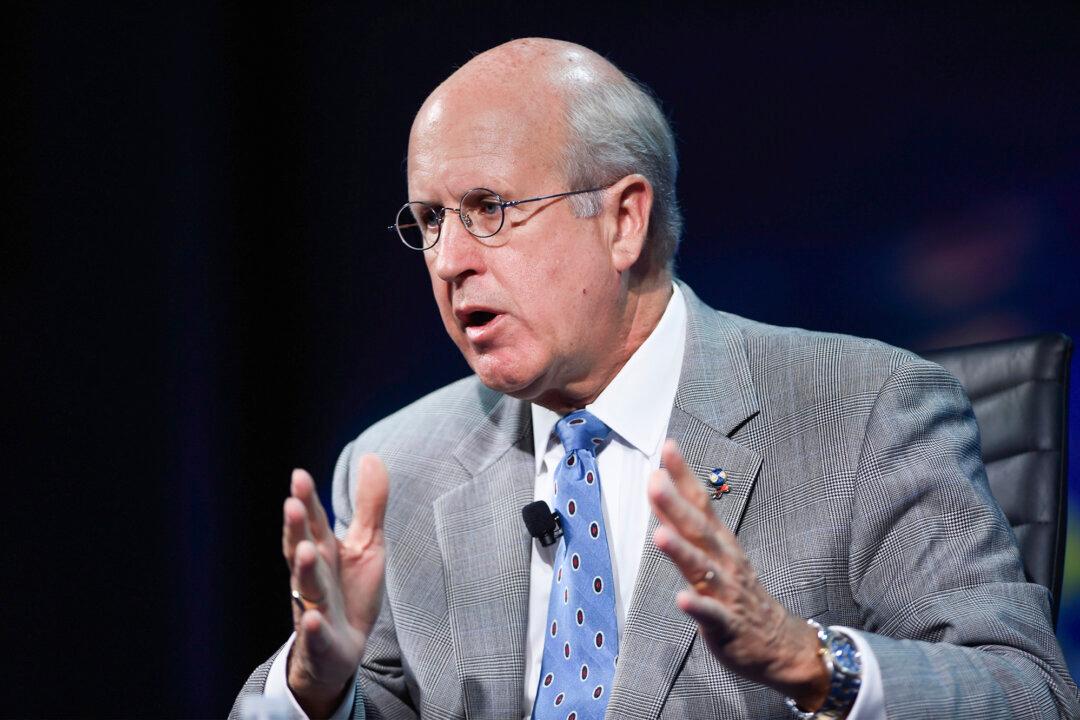Crude oil prices rallied as much as 6 percent on April 3, with both West Texas Intermediate (WTI) and Brent futures soaring above $80 per barrel.
Oil prices climbed in response to the Organization of the Petroleum Exporting Countries (OPEC) and its allies, OPEC+, slashing output by 1.16 million barrels per day (bpd) from May to the end of 2023. Saudi Arabia will lead the way with a cut of 500,000 bpd, followed by Iraq (211,000), the United Arab Emirates (144,000), Kuwait (128,000), Kazakhstan (78,000), and Algeria (48,000).
The cartel’s decision is in addition to Russia’s voluntary cut of 500,000 bpd announced in February.
OPEC’s decision will tighten an already sensitive energy market, prompting analysts to bolster their price forecasts.
Because some OPEC+ members are producing below the previously agreed quota, the real reduction in physical oil supply is about 800,000 bpd, says Rob Thummel, the portfolio manager of TortoiseEcofin.
Goldman Sachs raised its Brent crude estimate to $95 a barrel by the year’s end and $100 for December 2024. That’s up from the previous projections of $90 and $95, respectively.
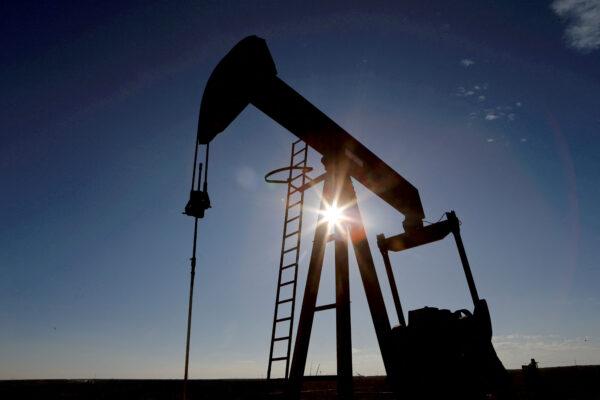
“OPEC+ has very significant pricing power relative to the past,” Goldman Sachs analysts Daan Struyven and Callum Bruce wrote in a note. “Today’s surprise cut is consistent with their new doctrine to act preemptively because they can without significant losses in market share.”
TortoiseEcofin expects oil prices to be in the range of $85 to $95 in 2023.
The company noted that investors might be assessing the situation as OPEC+ anticipates weaker-than-expected demand. However, according to Thummel, consumption levels are predicted to accelerate throughout the year and potentially touch a record high in the second half of the year.
“Global oil inventories are below normal and will likely remain below normal as higher demand and less supply deplete inventories throughout the year,” he said.
John Kirby, spokesman for the U.S. National Security Council, said, “We don’t think cuts are advisable at this moment, given market uncertainty.”
Phil Flynn, a senior market analyst at The Price Futures Group and author of The Energy Report, called the move “a slap in the face to the Biden administration.” After calling Riyadh a pariah state, it is “now back to begging OPEC not to cut production,” he said.
“The Biden administration’s energy policy has discouraged U.S. drilling and production and has allowed OPEC to have the power to snub the U.S. and its oil needs,” he wrote.
